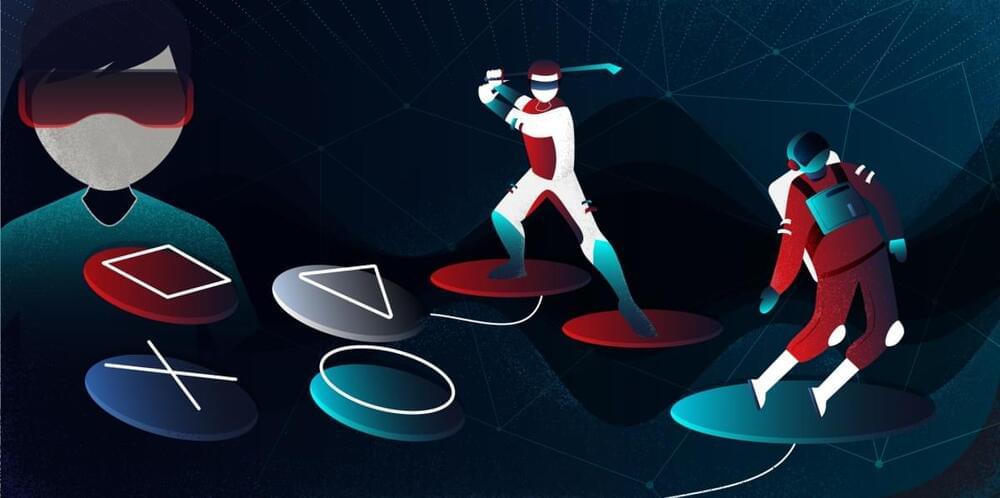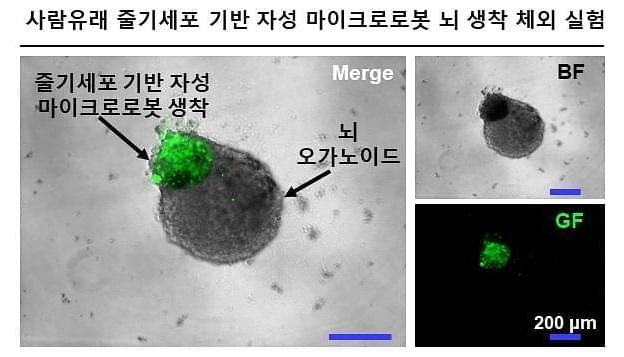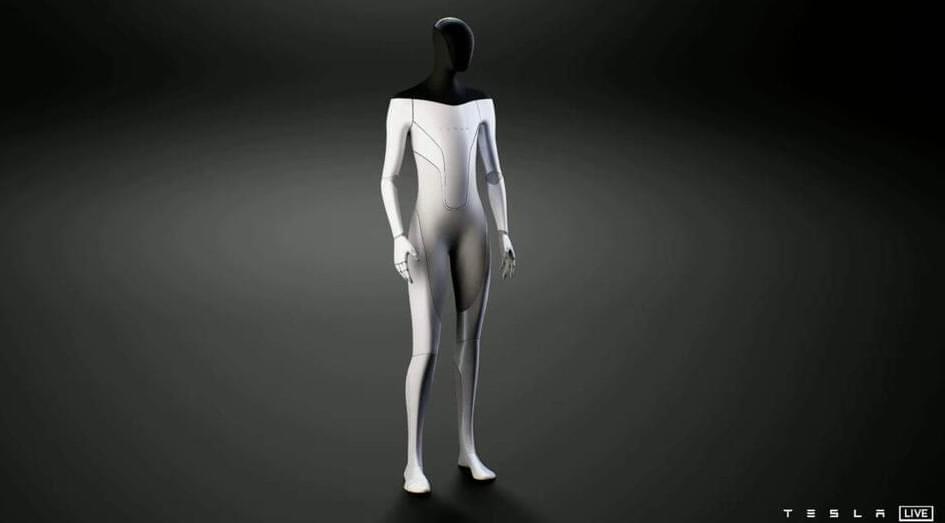Circa 2021
When Harley-Davidson debuted its first electric motorcycle back in 2019, it was held back by an expensive price tag and early production issues. After spinning out LiveWire as a separate brand earlier this year, the company is back with its second electric bike, and it looks to address those issues.
The most eye-catching feature of Harley-Davidson’s new LiveWire One is its price tag. The electric motorcycle will cost $21,999. That’s almost $8,000 less than the $29,799 the original LiveWire sold for when it came out in 2019. With federal subsidies, Harley-Davidson told The Verge it expects most people will be able to buy the LiveWire One for less than $20,000.
But a more attractive entry point isn’t the only change. Harley-Davidson has also improved the motorcycle’s range. Driving on slower city streets, the company claims the LiveWire One can travel 146 miles on a single charge. By comparison, its predecessor was limited to a maximum of about 110 city miles. Using a DC fast charger, the company says you can get the LiveWire One’s battery from dead to a full charge in about an hour, or from zero to 80 percent in approximately 45 minutes. The motorcycle also comes with a six-axis inertial measurement unit to assist with braking and turns.









